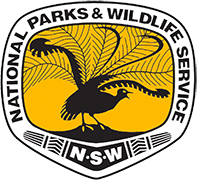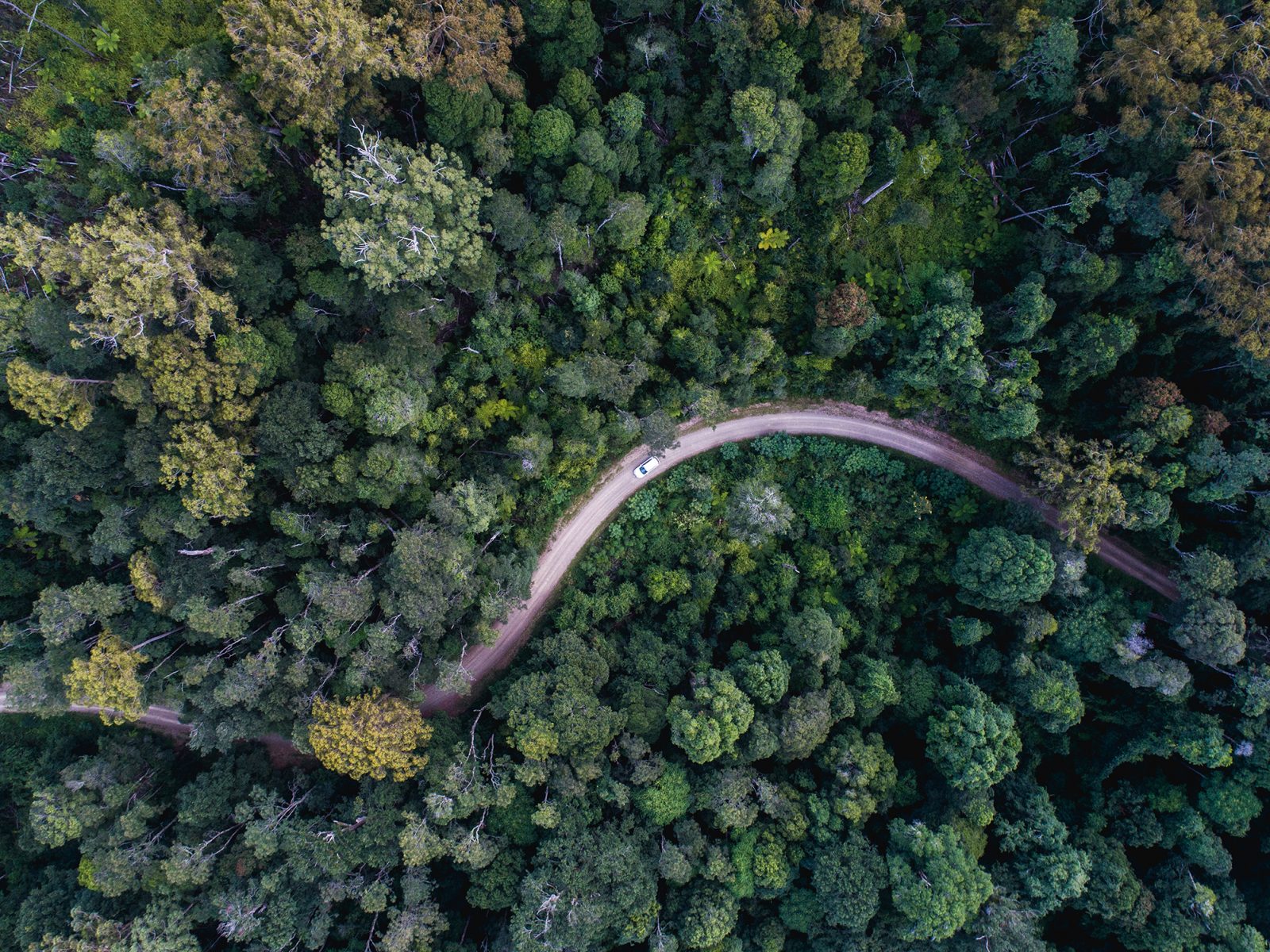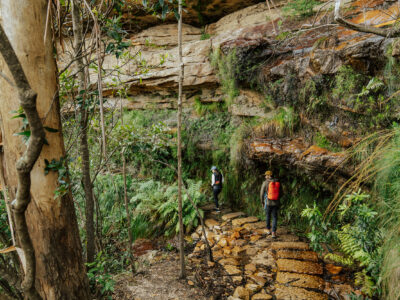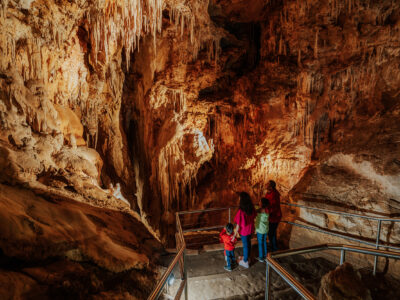Aussies, we love an abbreviation, but sometimes when we simplify things important differences get lost along the way.
With over 9 percent of NSW protected in national parks it’s easy to see how ‘national park’ has become shorthand for any protected area, or even areas of bushland, in the state. As usual, the reality is much more complicated, and there are many types of reserves and protected areas in NSW.
These different levels of protection reflect the needs of the land, its ecological and cultural value, and how it can service the people who use it.
Did you know? NSW National Parks and Wildlife Service (NPWS) jointly manages over 30 reserves in partnership with Aboriginal people.
-
The big three protected areas
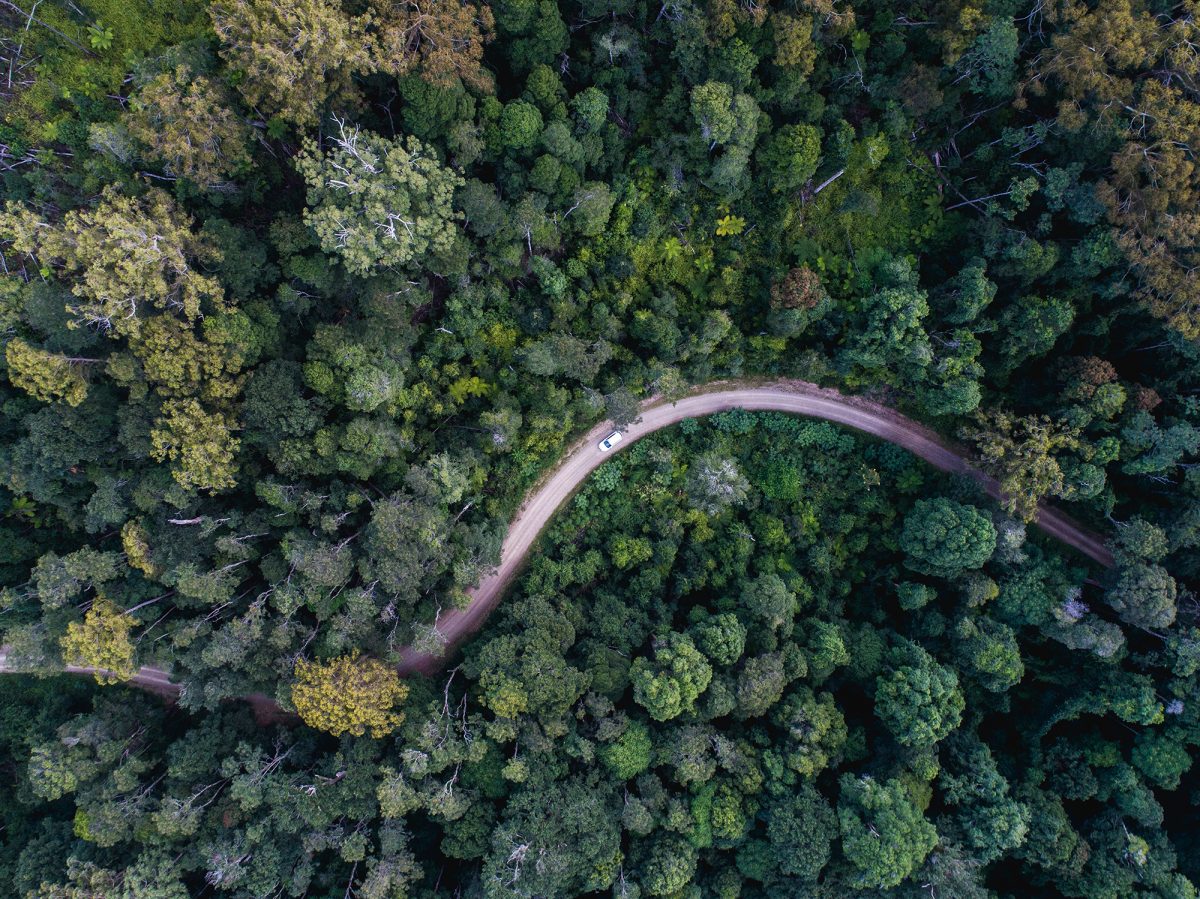
The most common protected areas in NSW are national parks, state parks, and state forests. Let’s take a look at how they’re different.
National Parks
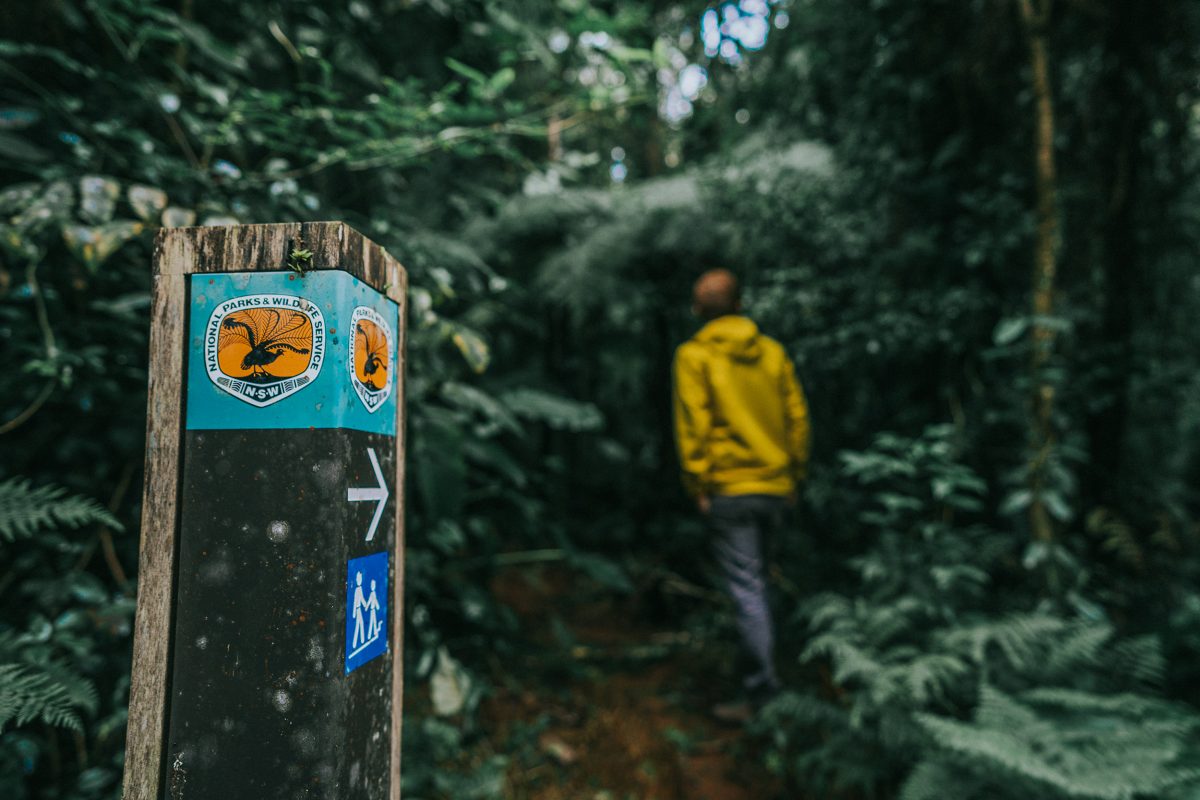 Photo Information
Photo InformationGondwana Rainforests of NSW
Border Ranges National Park
Branden Bodman / DPIE
Managed by: NSW National Parks and Wildlife Service
Purpose: Protection, Conservation, education and some recreation
There is a whole range of protected areas in NSW that are managed by NSW National Parks and Wildlife Service (NPWS).
So what exactly is a national park? A national park is an area of land that has been reserved for the protection and conservation of biodiversity, Australian native plants and animals, ecosystems, places of cultural significance and natural or geological features. National parks also provide opportunities for the public to experience them and learn more about their importance.
National parks are protected by a set of laws that govern a range of protected areas in NSW (you can see the full list at the end of the article). The laws are outlined in the NSW National Parks and Wildlife Act, a 300-page document that outlines exactly what national parks are, but the core of it is the following principles (which can be found in Section 2A of the Act):
- The conservation of nature, biodiversity, natural ecosystems, landforms of significance and geological processes;
- The conservation of objects, places or features and landscapes of cultural value;
- Fostering public appreciation, understanding and enjoyment of nature and cultural heritage and their conservation;
- Providing for the management of land reserved under this Act in accordance with the management principles for each type of reservation.
These principles are the lights that guide every decision made in the management of national parks.
State Parks
View this post on InstagramManaged by: NSW Department of Lands
Purpose: Recreation and some conservation
There are 18 state parks in New South Wales and they are managed by the NSW Department of Lands. The key purpose of state parks is recreation, so things like camping, caravanning, diving and surfing are all on the menu. As a bonus, most state parks are near a large body of water.
State parks feature large areas of native Australian environment and contribute to the natural biodiversity of the state, however, they don’t provide the same level of environmental protection as national parks.
State Forests
View this post on InstagramManaged by: Forestry Corporation NSW
Purpose: Sustainable timber production and some recreation
State forests primarily exist for harvesting trees. There are 539 state forests in NSW with the purpose of ensuring an adequate supply of native timber for NSW and other markets. They are managed by the state-owned Forestry Corporation.
As State Forests offer a lower level of environmental protection the list of permitted activities is generally broader and includes activities like trail biking, gold fossicking, authorised hunting, horse riding and dog walking.
-
Why are national parks so important?
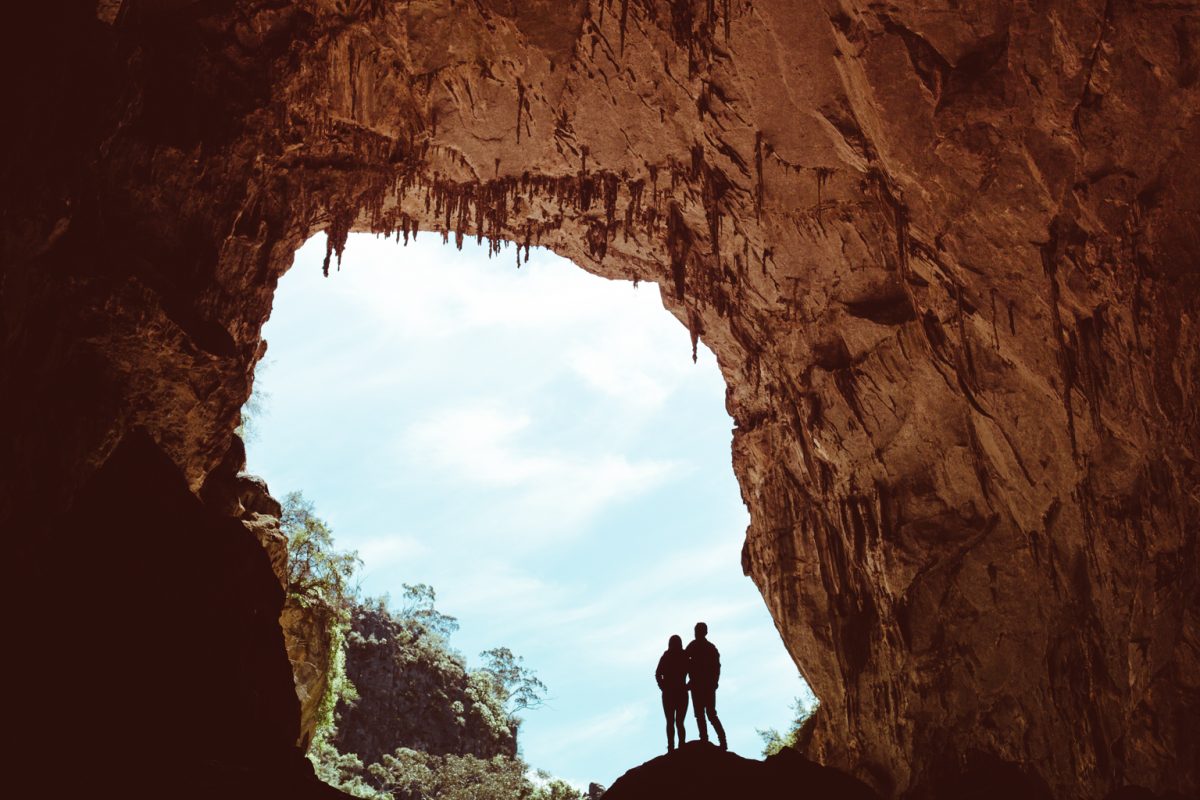 Photo Information
Photo InformationJenolan Karst Conservation Reserve
Tim Clark
National parks offer a very high level of protection, but the best way to explain why national parks are so important is to look at the importance of the things they protect.
The Natural Environment

Photo InformationFive very special plants cling to the cliffs of the Upper Blue Mountains. They are found nowhere else in the world and some are survivors from the time of the Gondwana supercontinent
Blue Mountains National Park
Dan Parsons / DPIE (2018)

Photo InformationThe very rare and special Fletcher’s Drumstick, grows halfway up the cliffs on vertical sandstone rock faces in the upper Blue Mountains
Govetts Leap
Blue Mountains National Park
Dan Parsons / DPIE (2018)

Photo InformationThe beautiful purple flowers of the Euphrasia bowdeniae. One of five very rare species of plants, found no where else in the world.
Blue Mountains National Park
Dan Parsons / DPIE (2018)
National parks protect the natural environment from all kinds of threats including logging and land clearing, invasive species, mining, pollution, and urban development. They provide a safe haven for threatened native species, keep wildlife corridors intact and maintain essential biodiversity.
National parks are particularly important, given that Australia’s had the largest global decline in biodiversity in the last 200 years and climate change is posing a bigger threat than ever before.
In addition to biodiversity, national parks protect significant and unique geological landforms and scenic value, such as caves, wild river systems, and volcanic structures.
Cultural and Historic Value
Aboriginal culture has many significant sites and artefacts, including middens, carvings, paintings and sacred areas. NSW NPWS works with the Aboriginal community to help protect these priceless cultural elements.
All of the natural features you see in a national park are significant to Aboriginal culture. Because of this deep connection to the landscape it’s important that Aboriginal people have access to culturally significant areas and are involved in its management.
Did you know? Many Aboriginal sites are still used today by First Nations Peoples. These sites are not just historic, they’re part of a living culture.
Historic sites from Australia’s more recent colonial history are also protected by parks, with some being awarded UNESCO World Heritage status.
The Social Aspect
 Photo Information
Photo InformationFamily fun day ride in a national park
Simone Cottrell / DPIE
Natural places are good for us! The social value of pristine natural spaces is huge, you might have realised just how important it is as you made your way through 2020. National parks provide places to experience and understand the natural environment, turning people into nature advocates.
They’re also a massive economic benefit – from the tourism dollars produced by the millions of visits to NSW national parks every year across the state, to ‘ecosystem services’ like filtering our water and cleaning our air.
Managing the conservation of all the important elements above is a huge task, which is why NSW NPWS uses plans of management.
-
What is a plan of management?
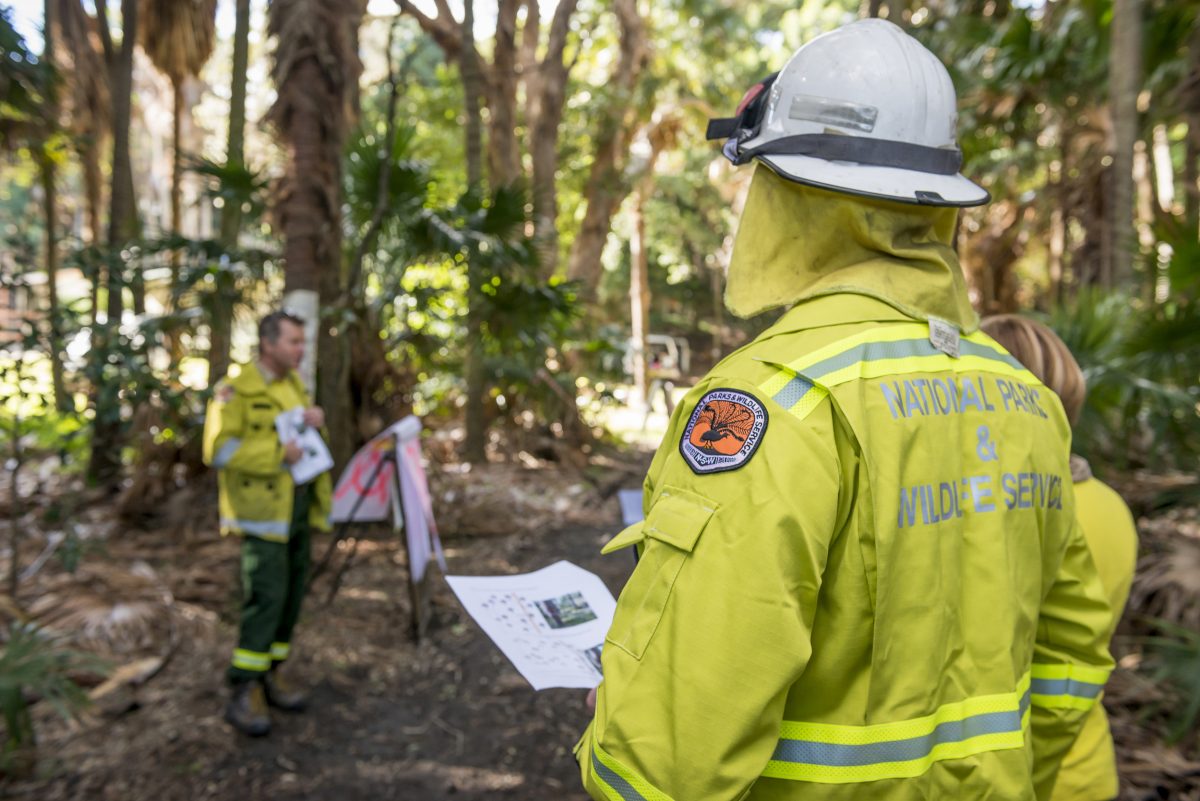 Photo Information
Photo InformationFire management
John Spencer / DPIE
Conservation is at the core of what national parks do. To make the conservation goals of a park clear, NSW NPWS creates plans of management, legal documents that outline the values of a park and how it will be protected.
These plans are drafted and then put out to the public for consultation before they become legal documents. They then work alongside a Fire Management strategy for the best possible level of protection.
Did you know? The plans of management for each park will differ to reflect the values of the individual park. For example, some parks may have more of a focus on Aboriginal culture, while others may focus on biodiversity.
-
Other Types of Protected Areas in NSW
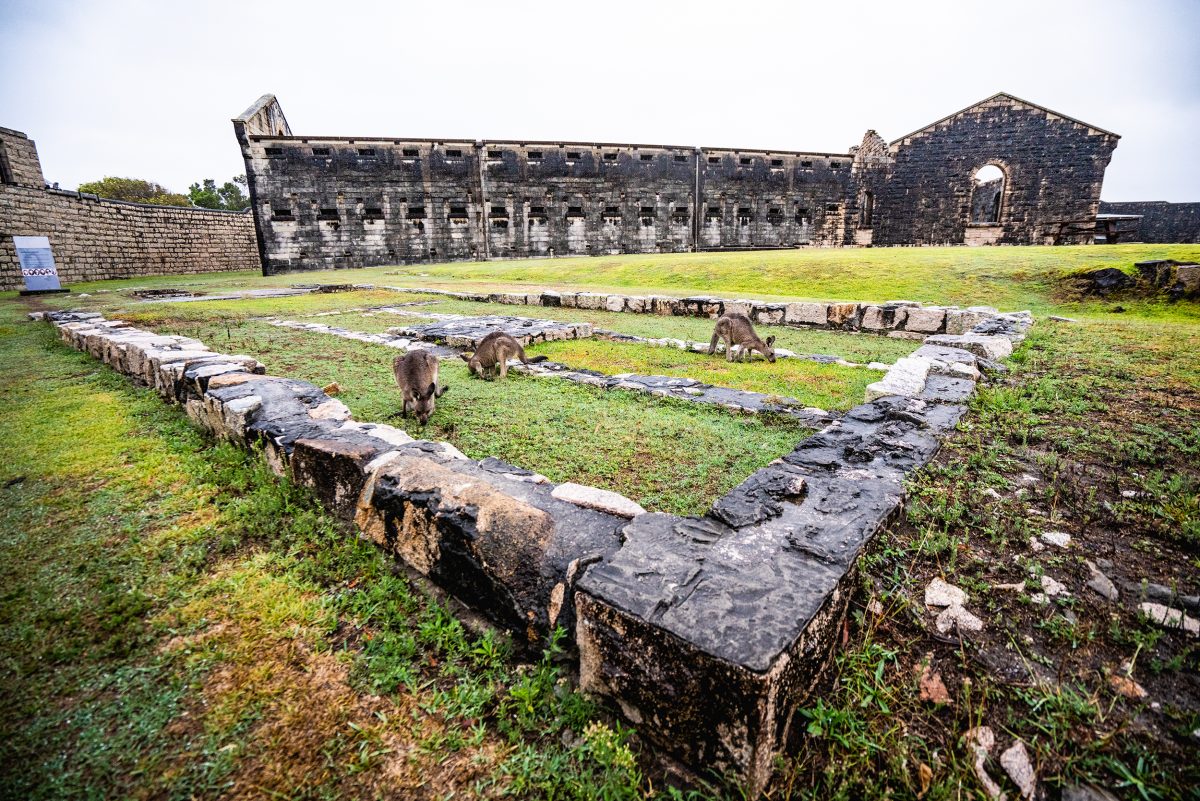
There are many other ways land can be conserved and protected from development, and different protected areas serve different purposes. NSW National Parks and Wildlife Service helps to manage the following:
Did you know? NSW NPWS has around 870 protected areas! Covering over 7 million hectares, which is like 7 million rugby fields.
Now You Know, You Can Go!
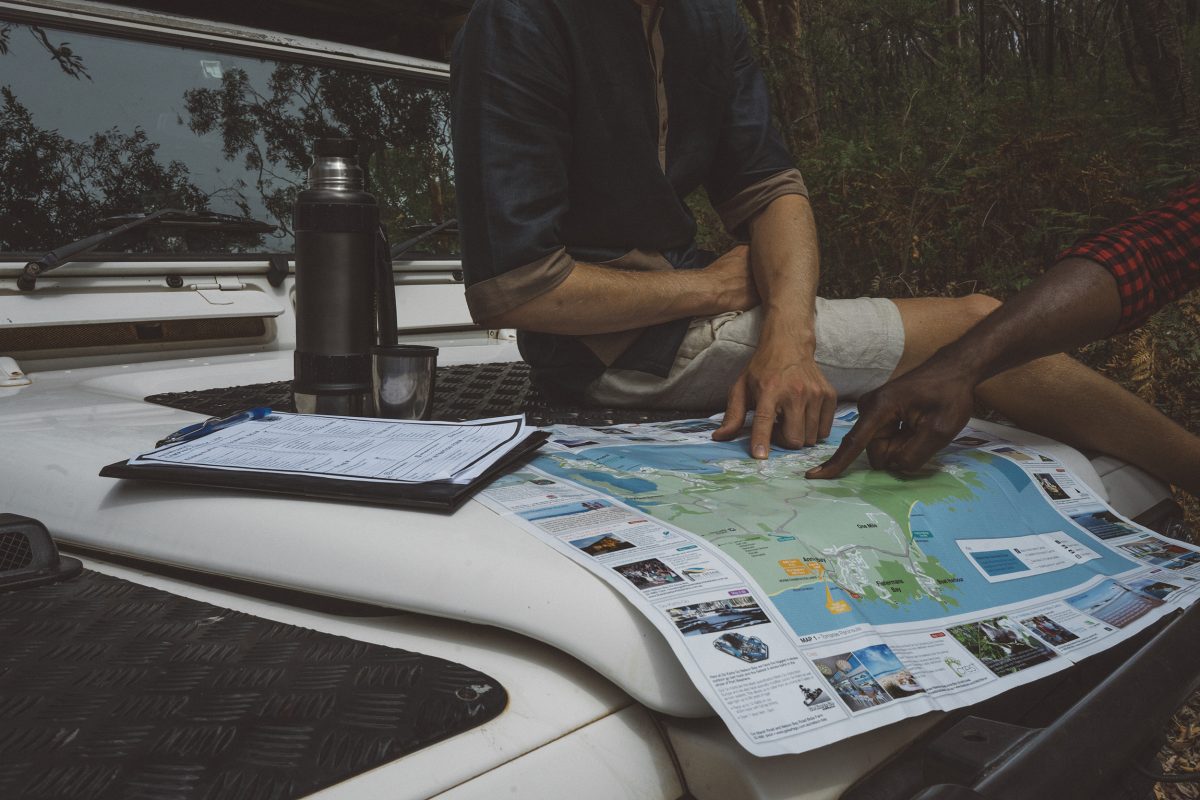
Tomaree National Park
Erin MCGauley / DPIE (2018)
The different types of protected areas in NSW work together to create the best possible blend of conservation, protection and recreation. We’re incredibly lucky that legislation has been introduced to protect our most precious areas for years to come.
Next time you visit a protected area make sure you do your part to keep it beautiful. Check out these tips to leave no trace and get planning!
